“What we learn with pleasure we never forget.”
Alfred Merceier
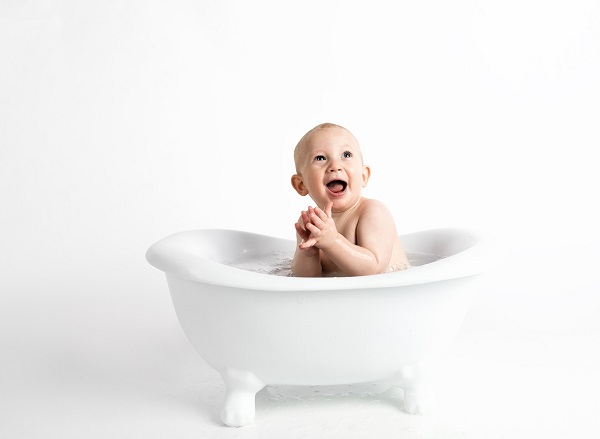
Bathtime at our house is fun and has always been that way ever since our son was an infant. It’s the moment when we all get to relax because we factor playtime into baths and give him a little extra time to explore his surroundings.
Although those bubbles and the splashing associated with getting your little one clean can become a nightmare. It’s one of our toddler’s most cherished times of the day, as he gets to sing Super Simple’s Bathtime Song, which is also available in the Spanish translation. We use Super Simple Songs to introduce new concepts to our son, such as animal sounds, clean up after playing with his toys, brushing his teeth, and a lot more.
Additionally, singing to your toddler will stimulate language development, has a calming effect, strengthens your parent-child bond, and is a source of happiness for your child. For more on activities that can help your toddler thrive, read this blog post- ‘Help Your Toddler Thrive With These Activities.’

How Can We Make Bath Time Fun?
There are several ways to incorporate learning and toys into bathtime routines. Every bath safe toy that makes its way into the tub has the potential to be apart of a game or learning experience. Here are some ways to use bathtime toys and the experience to add loads of fun:
- Sink or Float – Sink or float, a game termed by my husband, and is a practical experience for our son. Toys that make it to the tub would be thrown in with excitement as he watches to see which toys would sink and which ones would stay afloat. Sometimes, it would be a lot trickier than others, as some toys are denser than some but not dense enough to sink. I love to hear him say, “sink or float, daddy?.” as he watches in anticipation of the result. Some examples of the toys we use are blocks, legos, cars, bathtime animal friends, etc.
- Filling up and pouring water from the bath pitcher– Filling up the bath pitcher and pouring water from one container to another is a fantastic way to help your toddler develop their gross motor skills. Gross motor activities are any tasks that involve large muscle groups such as running, jumping, and skipping. Hand-eye coordination tasks like pouring water from a pitcher into a container or catching a ball are also gross motor activities. This activity will entice your toddler since we know how much they enjoy playing with water. Add a bit of fun while encouraging their development.
- Counting– Counting toys or pretend fishes in the bathtub is an excellent way to get your toddler accustomed to numbers and encourage math skills. Super Simple’s 10 Little Fishes Song is easy to remember and is a perfect way to incorporate counting into bathtime routine. Sure enough, a repetitive song such as this will help your toddler learn to count from 1 to 10.
- Self- sufficiency– As moms, sometimes we get so adapted to caring for our littles that we unconsciously forget to allow them to start doing things on their own and develop their skills. What? and how does this relate to bathtime? I don’t mean that you should delegate tasks but rather encourage their learning. At bathtime, if your toddler attempts washing his body with the washcloth, start by assisting him but also allow a bit of control. It’s good to step back and allow them to complete the task as long as it is safe. You can step in when they ask for assistance. Don’t forget to offer praise; it will give your toddler a boost in confidence.
- Role play-Your toddler at some point will offer to bathe a toy in an attempt to replicate his bathtime experience as your child becomes more involved and starts to make practical use of his learning. Encourage him by letting him know what great job he is doing.
- Bathtime stories– Reading stories about bathtime from waterproof books will help your toddler make the association between real life and the story. He will also discover cause and effect as he watches the washcloth produce suds after applying soap. Additionally, reading will encourage toddlers love books, introduce new words and concepts, and builds their vocabulary.
With all these ideas, we must consider safety measures to keep our heartbeats away from danger. Here are some points to consider:
Bathtime safety
Limit accessibility– While preparing the tub for bathtime, it important to restrict your toddler’s access while the tap is running or when the tub is full of water. Some ways you can achieve this is by locking the door or using a gate to block the entrance to the bathroom (this may not work for all toddlers, believe me, I know. It may, however, act as a deterrent or delay their actions). Other precautions to take include removing potential hazards such as medication and hair dryers, keep them locked away.
Prevent falls– At this developmental age, toddlers are prone to falls in general and maybe at increased risk in the tub. Consider suction mats to prevent slips and faucet covers to avoid injuries from bumps.
Fill the tub– Take care when filling the tub for bathtime for your toddler. While it will be an exciting time playing in a tub filled with water, for toddlers, the tub should only be filled waist-deep. Appropriate water temperature should be between 90 – 100 degrees Fahrenheit. A thermometer can help you be more accurate if you desire.
Tear-free products – Several bathtime washes and bubble baths these days marketed for babies and toddlers are tear-free, and this is a lifesaver. It really will help to prevent bathtime tears whenever soap sud gets into your toddler’s eyes.
Mold– The dreaded mold! Mold will grow in any moist environment, so it’s essential to routinely check your toddler’s bath toys to make sure they are mold-free. Allow drying entirely after use; this may not always be practical, so if you find toys with mold, you can attempt a thorough cleaning or replace them.
Supervision– Bathtime safety is a top priority, and this activity needs a high level of supervision. Never leave your toddler unattended in the tub; safety is always crucial to preventing accidents.
Getting your toddler out of the tub after bathtime
Getting your toddler out of the tub at the end of bathtime can be challenging for some Moms. One technique we have found to be helpful is by preparing your toddler to exit the bathtub. Once we are near the end of bathtime, we courage our son to start saying bye to his bathtime friends with the anticipation that he will be leaving the tub shortly. We’ve had success most times using this method.
Bathtime can be a lot of fun, and what is bathtime without bubbles and toys. Bathtime is a routine activity for us as Moms and parents, but it’s an entire learning and developmental experience for toddlers. Make it special!
Related Posts:
- Help Your Toddler Thrive And Be Happy With These Activities
- Six Ideas That Can Make Bathtime With Your Toddler Fun
Share your toddler bathtime experiences in the comment section below, and say what activities you and your toddler enjoy.
Stay bubbly, cheers!

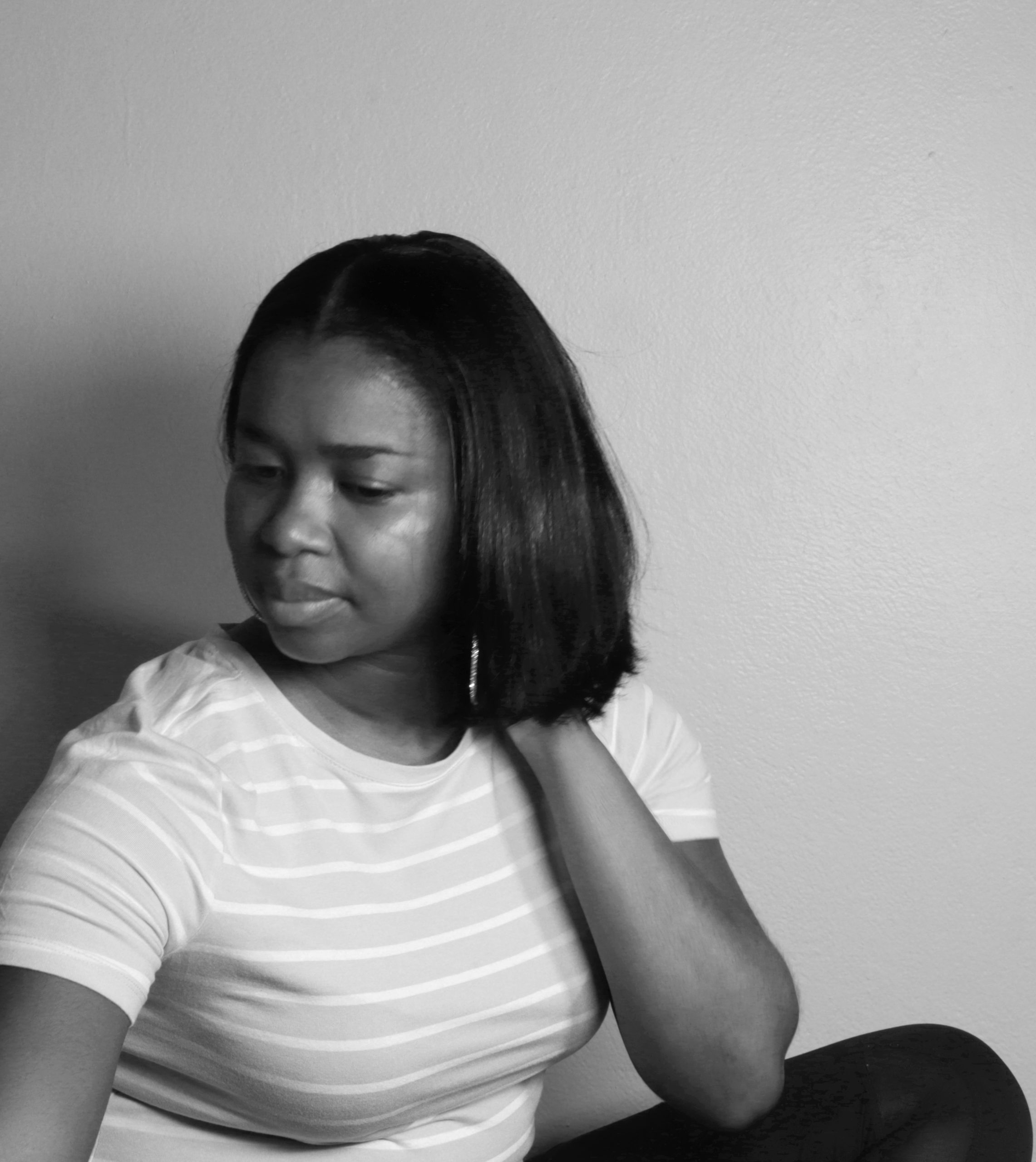
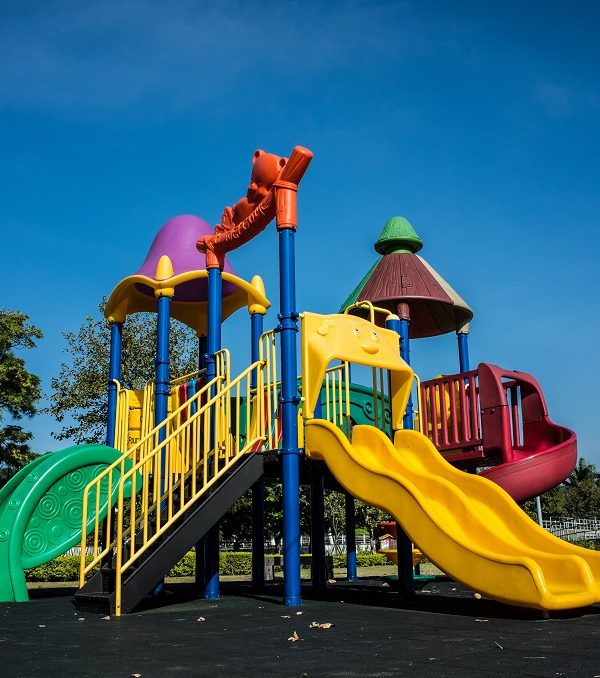
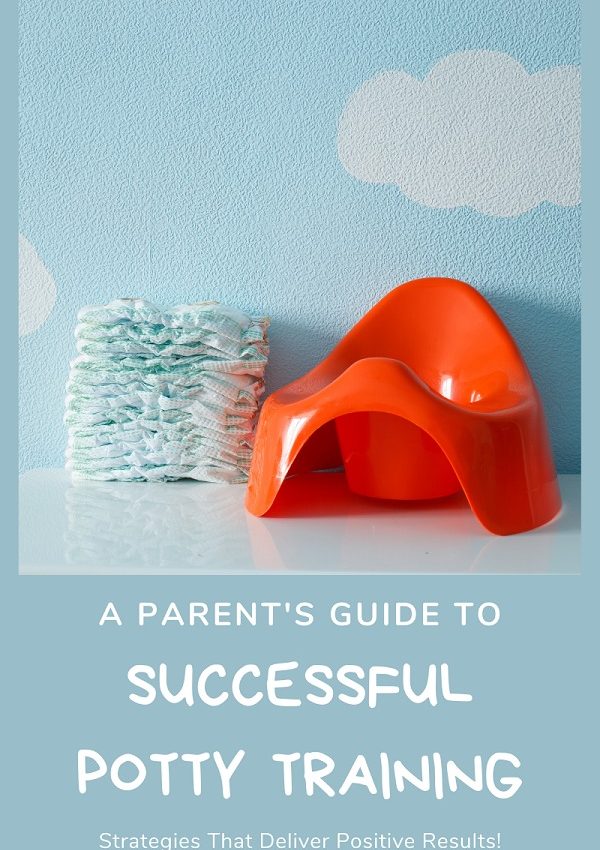

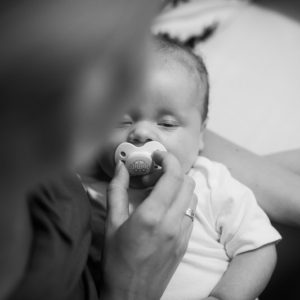




Leave a Reply